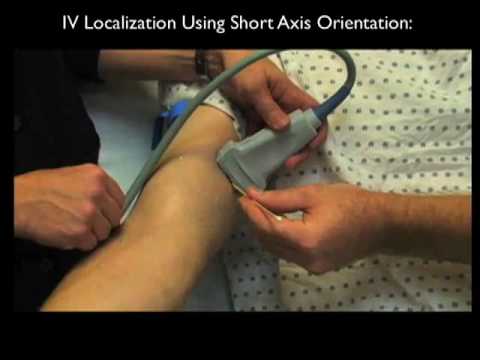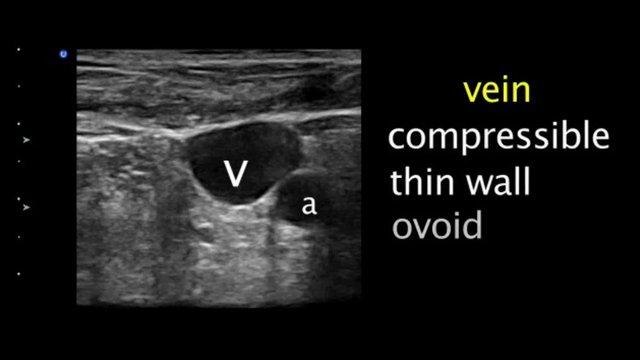2
244913
CA-1 here, currently doing time in a cardiac surgery ICU. I'm having trouble with US guided IV's. All of our pts are post CABG, VAD, heart transplants etc. All very obese, edematous and anemic. So the nurses are constantly pinging me and my CA-3 compadre to help with IV's.
What are the secrets to US-guided IV's? I can't get them consistently. I use out of plane view most of the time, get great flash, but then when I drop my angle and try to advance no luck. Seems like I infiltrate half the time. I nailed a damn artery today.
Do you guys advance after you get flash? Do you drop your angle first and then advance? Do you thread at a steeper angle or do you try to come in shallow, in-plane?
I'm pretty confident with conventional IV's, in which I take a very shallow approach. Unfortunately with out of plane viewing I have to come in at a steeper angle it seems, and I think that's part of the problem. Also, I may be going for veins that are too deep because we're stuck using short-ish (1.16 inch) safety catheters. I've heard that longer catheters ie. the old Gelcos are better with US. The edema complicates matters of course.
Any tips or insight is greatly appreciated.
- ex 61N
What are the secrets to US-guided IV's? I can't get them consistently. I use out of plane view most of the time, get great flash, but then when I drop my angle and try to advance no luck. Seems like I infiltrate half the time. I nailed a damn artery today.
Do you guys advance after you get flash? Do you drop your angle first and then advance? Do you thread at a steeper angle or do you try to come in shallow, in-plane?
I'm pretty confident with conventional IV's, in which I take a very shallow approach. Unfortunately with out of plane viewing I have to come in at a steeper angle it seems, and I think that's part of the problem. Also, I may be going for veins that are too deep because we're stuck using short-ish (1.16 inch) safety catheters. I've heard that longer catheters ie. the old Gelcos are better with US. The edema complicates matters of course.
Any tips or insight is greatly appreciated.
- ex 61N




